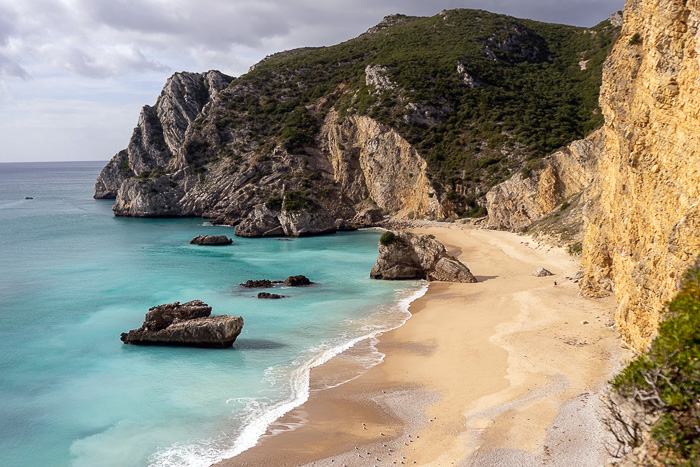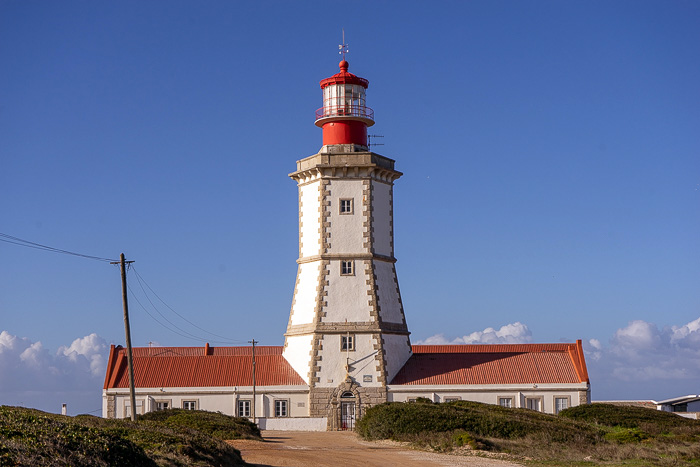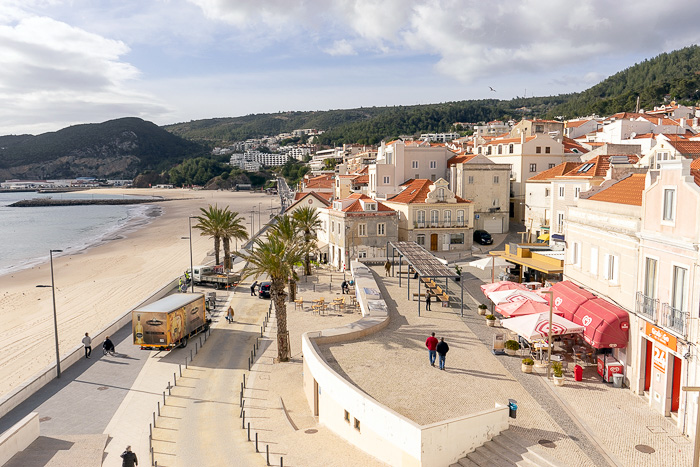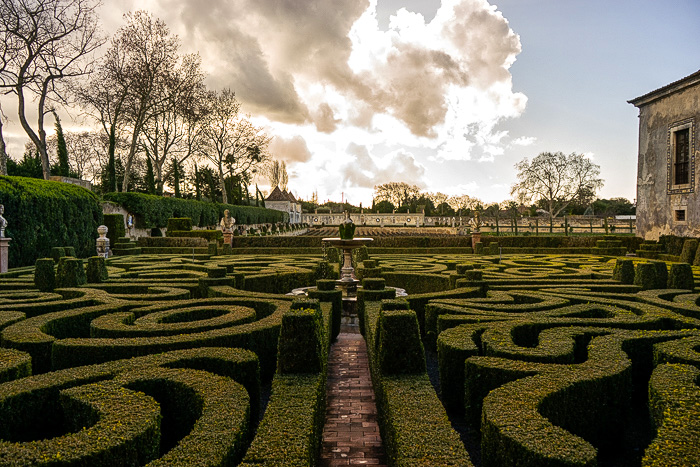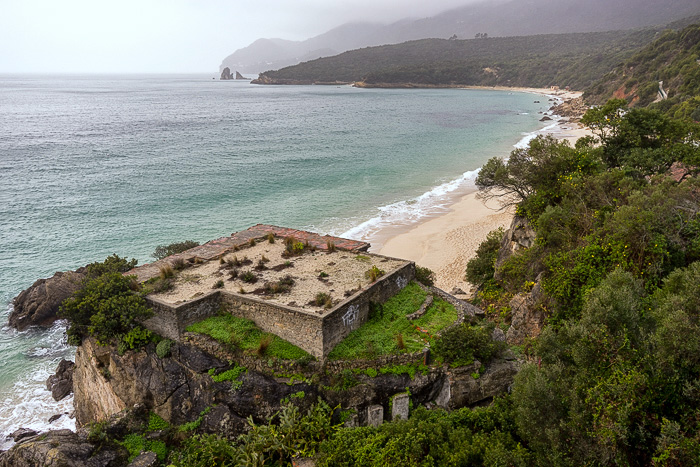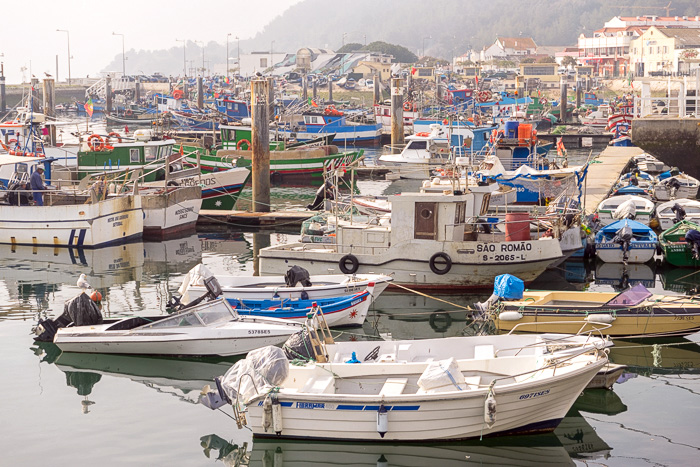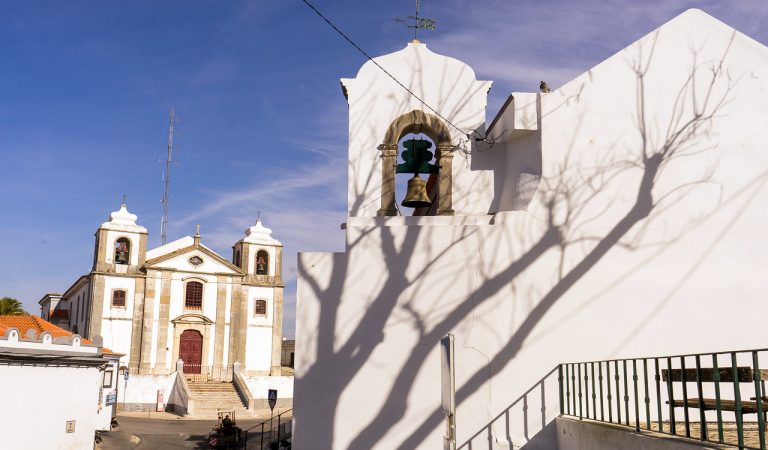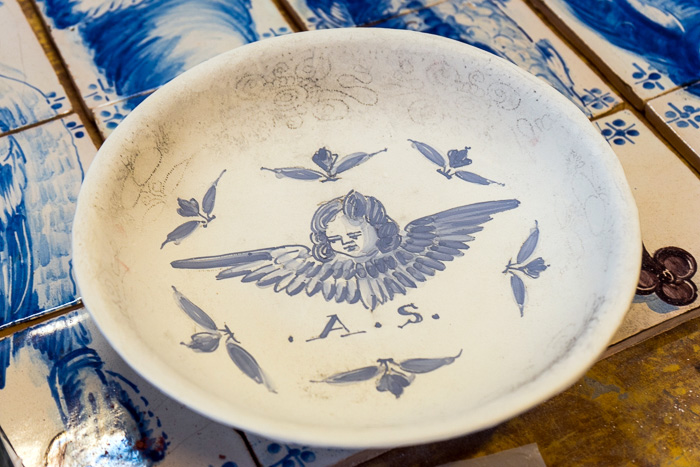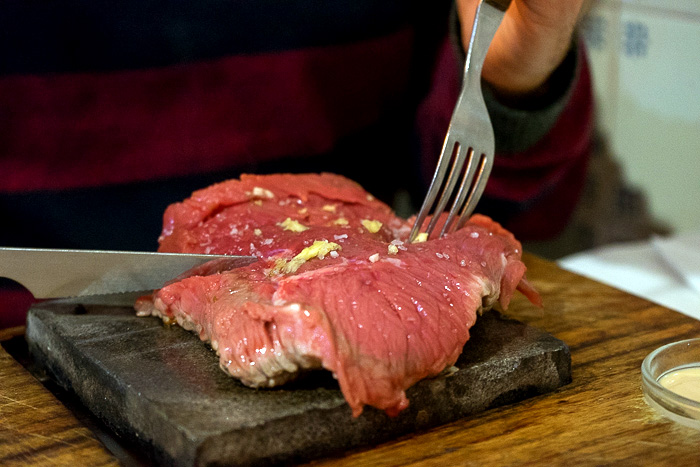The Praia do Ribeira do Cavalo
On the way back toward Sesimbra from Cabo Espichel, we pulled over to check out the beach of Riberia do Cavalo. After realizing that reaching the beach would require a 30-minute walk through the brush, we almost bailed; this was the final activity of our five-day road trip, and we were both tired. But we decided to tough it out... and thankfully so, because this beach was worth it.
